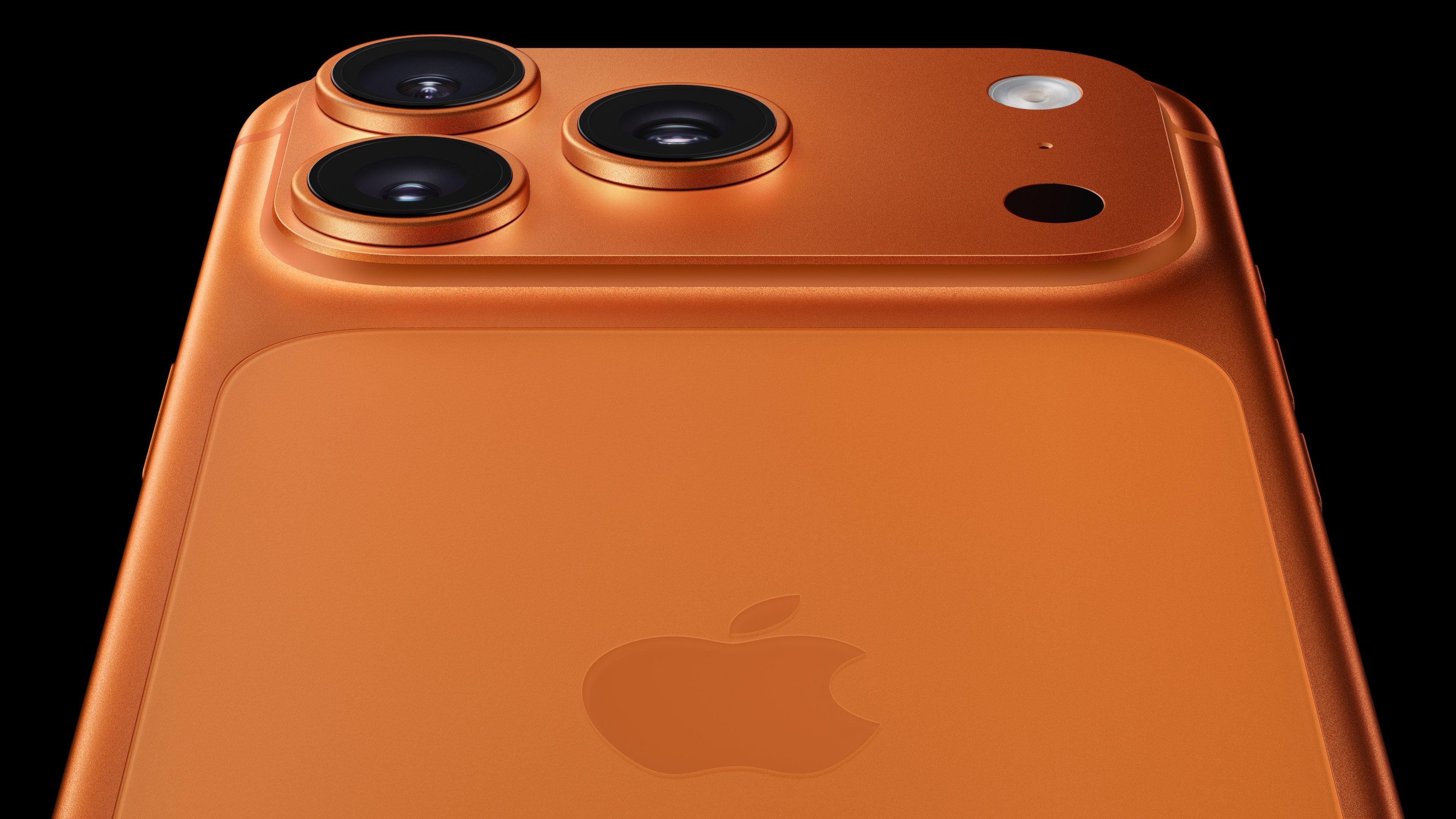Each and every year, Apple (AAPL +0.04%) focuses on bringing at least one new innovative feature to the iPhone to catalyze upgrades within its large installed base. Here's a rough breakdown of headline iPhone selling features over the years.
|
Model |
Year |
Major selling feature |
|---|---|---|
|
iPhone |
2007 |
First modern smartphone with a capacitive touchscreen |
|
iPhone 3G |
2008 |
New design, 3G data speeds |
|
iPhone 3GS |
2009 |
Better camera, performance improvements |
|
iPhone 4 |
2010 |
New design, high-resolution Retina display |
|
iPhone 4s |
2011 |
Siri, performance improvements |
|
iPhone 5 |
2012 |
New design, larger display, 4G LTE data speeds |
|
iPhone 5s |
2013 |
Touch ID |
|
iPhone 6 and 6 Plus |
2014 |
New design, larger displays, Apple Pay support |
By the looks of it, Apple's new Force Touch technology may be a selling feature of the forthcoming iPhone 6s.
May the Force Touch be with you
Force Touch is what Apple calls the new pressure sensitivity that it is integrating into touchscreen displays and trackpads. The technology was announced first for Apple Watch, but quickly made its way into the new MacBook and MacBook Pros. Apple just updated the 15-inch MacBook Pros to include a Force Touch trackpad.
Many of Apple's greatest achievements have revolved around interface improvements, and Force Touch seeks to add "a new dimension to the user interface." Force Touch facilitates a wide array of contextual functions and makes them more accessible. Force Touch is seemingly much more incremental than Apple's previous revolutionary interfaces such as the capacitive touchscreen or graphical user interface.
However, reviews of the new products that incorporate Force Touch don't make it seem like the most compelling feature. Sure, it's a nifty new trick, but it's hardly the type of technology that will spur an upgrade on its own.
A tale of two Force Touches
While the technology is being incorporated in Macs as well as Apple Watch, the technical implementation is quite different for each. The end result is the same, but Apple uses different ways to get there.

Force Touch trackpad. Image source: Apple
Apple has completely changed its trackpad designs. Underneath the capacitive glass surface sits an electromagnet (that Apple calls a Taptic Engine) alongside pressure sensors. The pressure sensors gauge how hard the trackpad is being pressed, and the electromagnet simulates a click.
On the other hand, the Apple Watch uses tiny electrodes that surround the flexible Retina display to gauge pressure, which is the first OLED display to ever ship on an Apple product. This all happens underneath the sapphire or "Ion-X" glass (which is possibly just Corning Gorilla Glass) cover. To be clear, the Apple Watch display is dramatically different than current iPhone displays, which use traditional LCDs. Adding Force Touch to the iPhone 6s implies that Apple will need to reengineer the iPhone's display.
One follows the other
But Apple could just be introducing the hardware side of the equation, while the software side needs a little bit of time to catch up. While most of the features that Apple is linking to Force Touch are hardly critical, the technology is in the early innings. Once the hardware install base grows, third-party developers will then begin to innovate on new ways for apps to interact with Force Touch. Apple has already released a handful of Force Touch APIs for developers to use.
For now, Apple will have its work cut out marketing Force Touch as a headline selling feature of the iPhone 6s. Either that or combine it with a handful of other significant improvements, such as the expected upgrade to a 13-megapixel camera. Personally, I wouldn't buy an iPhone 6s just for Force Touch. Would you?






